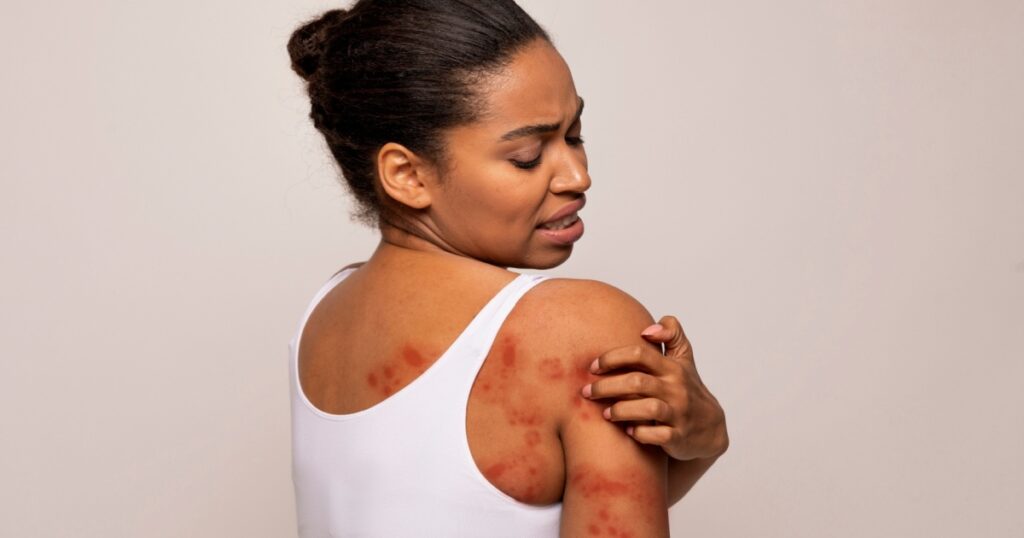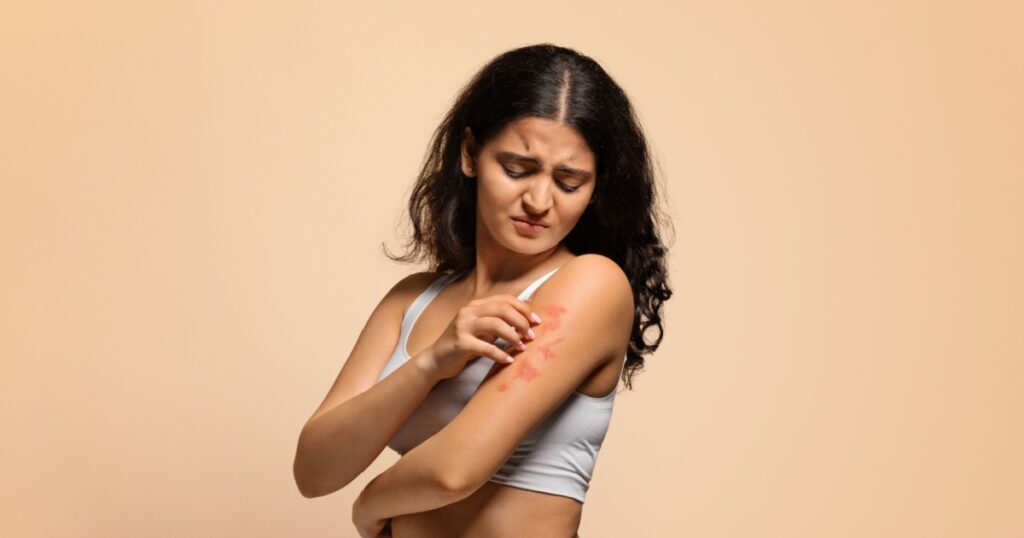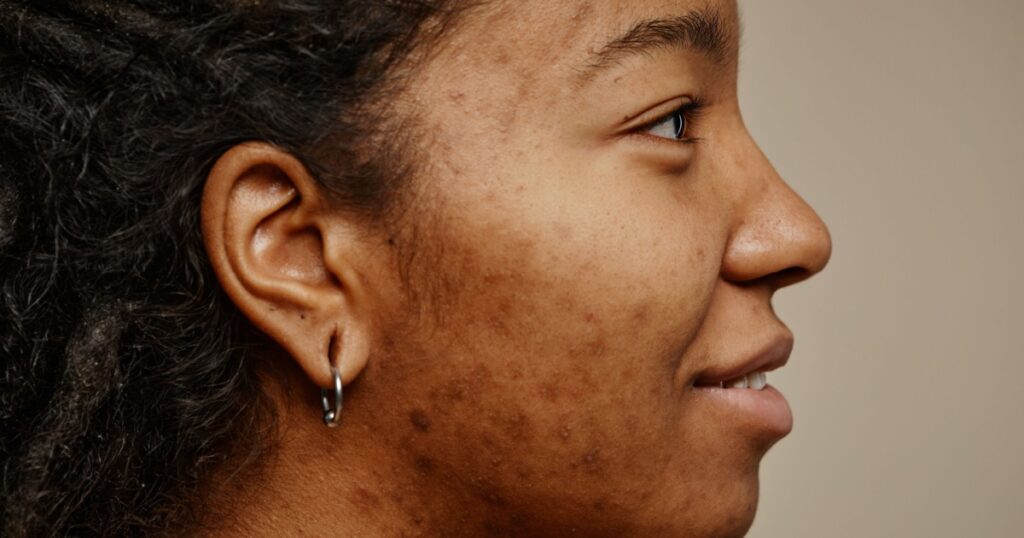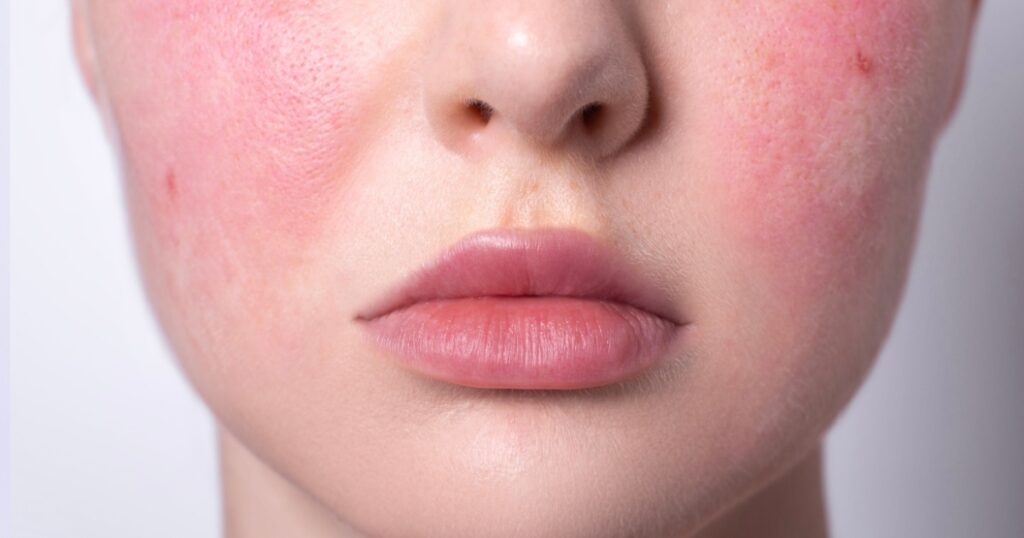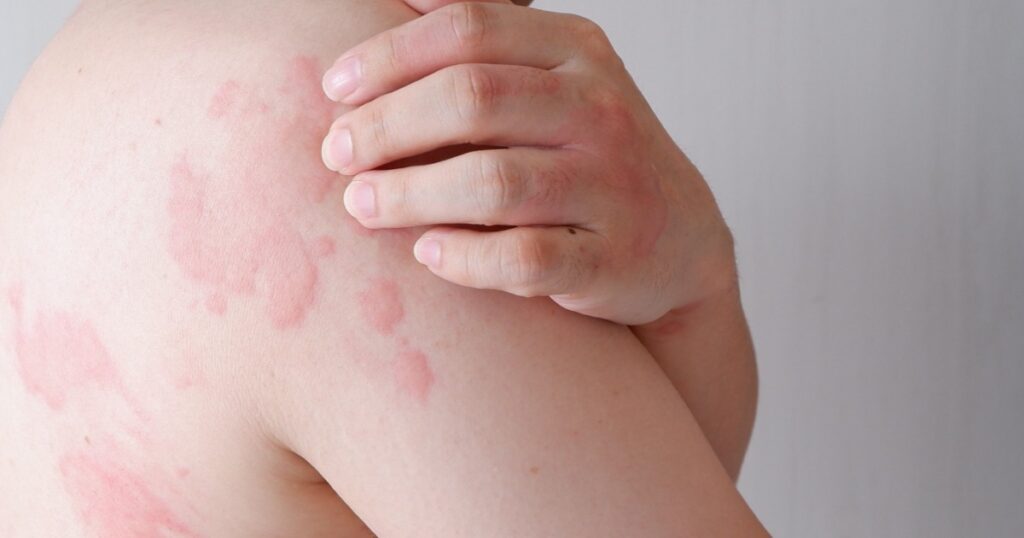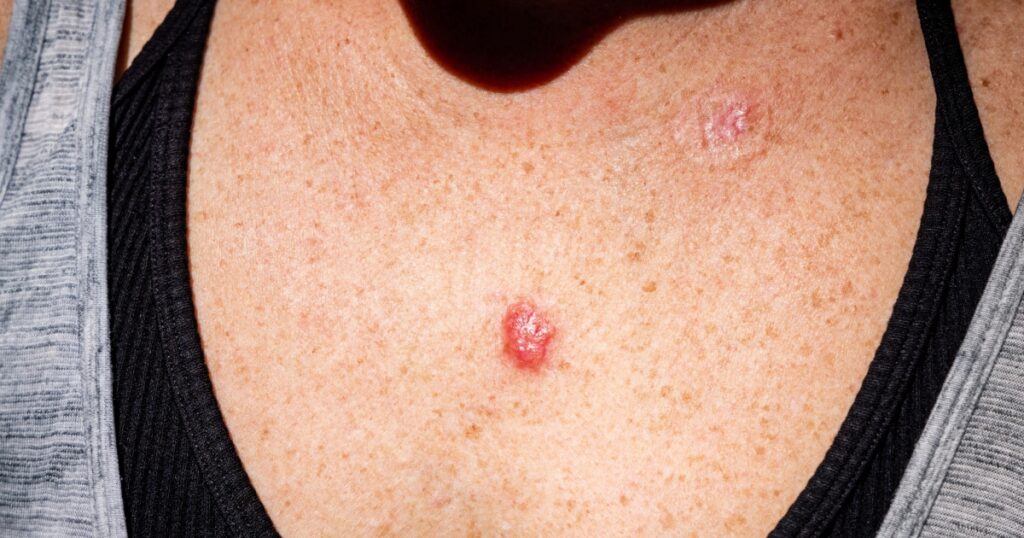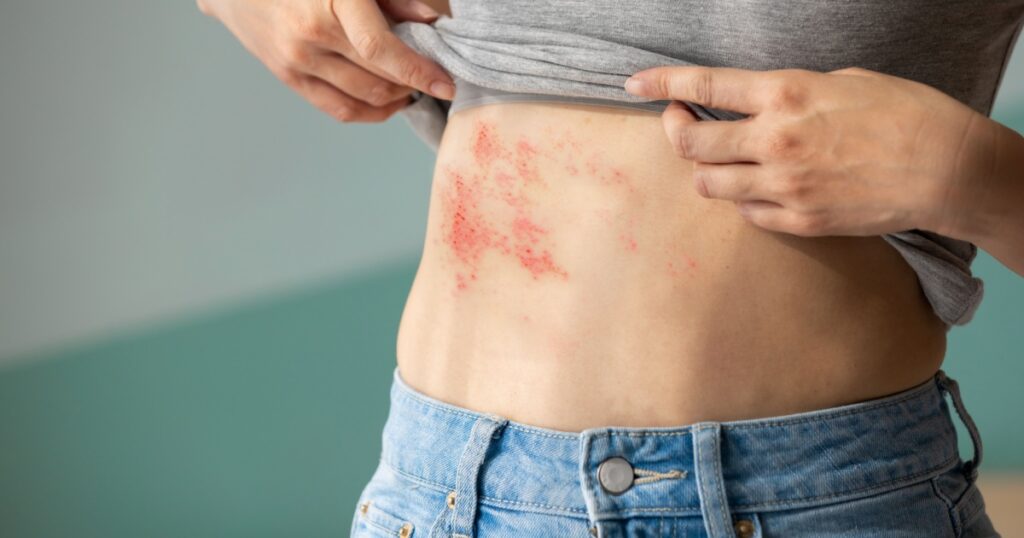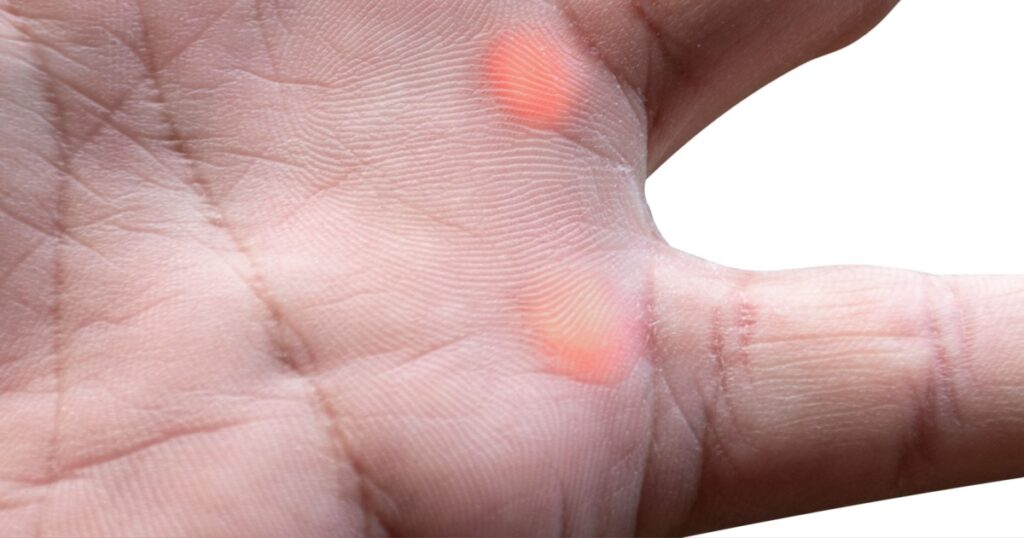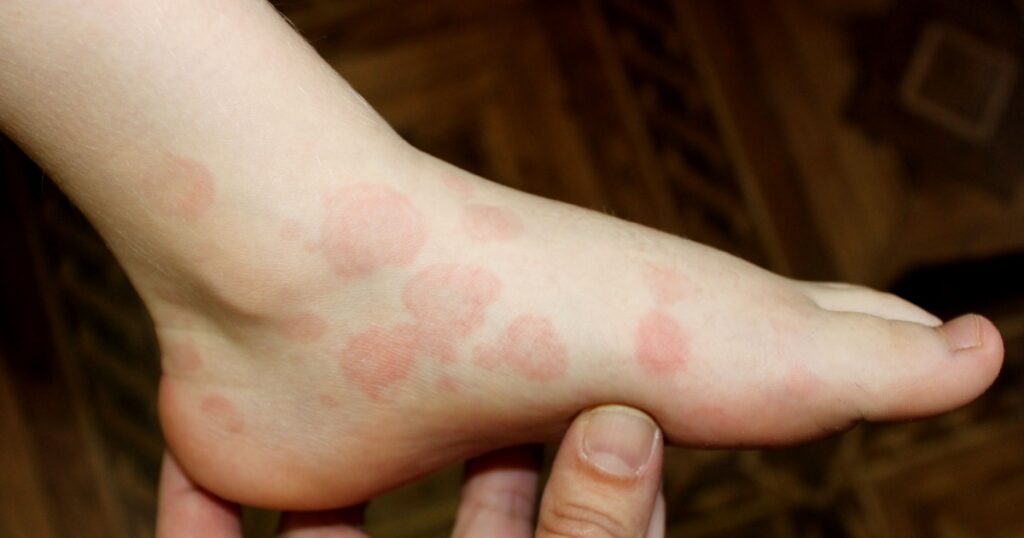Our skin serves as an incredible barrier between our bodies and the outside world, protecting us from harmful pathogens, environmental elements, and other external threats. The skin, which consists of several layers and covers an area of approximately 20 square feet, is not only the largest organ of our body but also one of the most multifunctional. In addition to its protective role, the skin plays a key role in temperature regulation, sensation, and interaction with our surroundings.
The largest organ in the body, our skin, is a reflection of our overall health. Skin can show a wide range of symptoms, from dryness and roughness to rashes and pigmentation, which can be symptoms of underlying health problems. Recognizing these symptoms and getting the right medical care can be critical to identifying and managing potential health problems. Getting to know our skin, the largest organ in our body
The skin is a complex and multi-purpose organ that is essential for the body’s defense against pathogens, viruses, and environmental elements. The skin, which has several layers, acts as a barrier, senses touch, controls body temperature, and is the body’s primary interaction with the outside world. The hide, which has a total area of roughly 20 square feet, is significant for reasons other than its appearance.
It also offers insightful information about our health and often reveals the existence of systemic disorders through a series of outwardly manifest symptoms and indicators. Ten health disorders on our skin
Changes to the skin are often among the first signs that something is wrong with our health. This can include conditions such as exhaustion, allergies, dehydration, or dietary deficiencies. They can also indicate more serious health problems, such as cancer or autoimmune disease. The first step to treatment and improved health is a deeper understanding of these problems.
1. Dermatitis
Atopic dermatitis, another name for eczema, is a chronic skin disease characterized by itching and inflammation of the skin. Redness, swelling, and crusting may appear in the affected areas, causing discomfort and sometimes consequences. Keeping your skin hydrated, avoiding irritants, and in extreme situations, getting medical treatment, such as a topical or oral medication, are all important aspects of managing eczema. (2)
2. Psoriasis
Chronic autoimmune psoriasis causes a rapid buildup of skin cells, resulting in thick, silvery scales and dry, itchy, red areas. Topical medications, phototherapy, and, in more severe cases, systemic therapy to reduce inflammation and reduce the proliferation of other skin cells are the usual forms of psoriasis treatment. (3)
3. Pimples
Pimples, blackheads, and whiteheads are common skin conditions associated with acne. Although it is often associated with the hormonal changes that occur during puberty, adults can also be affected. Acne can be treated with topical creams, oral medications, and in certain situations, laser therapy or chemical peels. (4)
4. Leukoplenia
A skin disease called vitiligo results in colorless patches on the skin. Although the exact etiology of vitiligo is unknown, immunological, genetic, and environmental factors are thought to play a role. Although there is no known cure for vitiligo, several measures including phototherapy, depigmentation, and topical corticosteroids can help control its symptoms. (5)
5. Rosacea
Rosacea is a common skin disorder that mostly affects the face and results in lumps that look like pimples, visible blood vessels, and redness. There are many different triggers for rosacea, and managing the condition often involves recognizing and avoiding those triggers, as well as using topical and oral medications to reduce inflammation.
6. Itching
Hives, another name for hives, are raised, red, itchy welts on the skin that can be caused by a number of things, including allergies, infections, and stress. Antihistamines are often used to treat hives, but preventing recurrence requires knowing and avoiding triggers.
7. Skin cancer
Skin cancer can appear as new moles, growths, or modifications of pre-existing moles. These include melanoma, basal cell carcinoma, and squamous cell carcinoma. Early detection and treatment are essential for effective skin cancer treatment. In addition to surgical removal of the affected area, other treatments such as radiation therapy or chemotherapy may occasionally be needed.
8. Shingles
The varicella-zoster virus reactivates to produce shingles, which are characterized by a painful rash that blisters. Antiviral medications can reduce the intensity and duration of shingles, but pain relief techniques may also be required to ease the suffering.
9. Dermatitis
A group of unusual chronic diseases known as scleroderma causes stiffening and hardening of the skin and connective tissues. The goal of treating scleroderma is to control symptoms and avoid sequelae; this is often achieved through a multidisciplinary approach that includes prescription medications, physical therapy, and lifestyle changes.
10. Erythema multiforme
In conclusion, our skin serves as a basic indicator of our overall health and often reveals underlying health problems through various symptoms and manifestations. From common dermatological problems like eczema and acne to more serious conditions like skin cancer and autoimmune disease, our skin can provide valuable clues about our well-being. Recognizing these symptoms and seeking appropriate medical care is critical to effectively managing and treating potential health problems. By understanding the importance of our skin and being alert to changes, we can take proactive steps to maintain our health and well-being.


